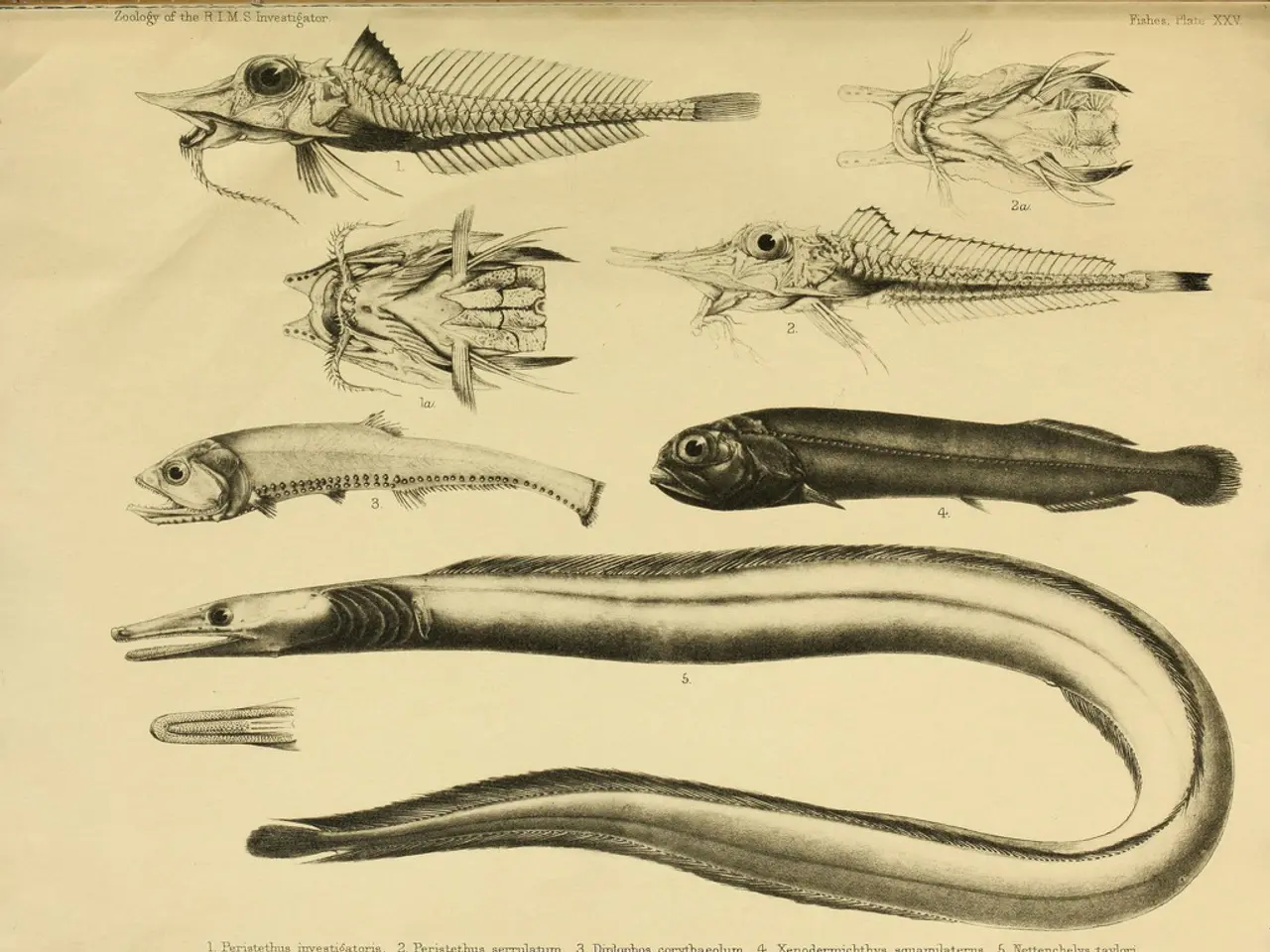Humans did not possess greater intelligence than Neanderthals; instead, we managed to survive longer.
In the vast tapestry of human history, the extinction of Neanderthals, our close relatives, remains a subject of immense fascination. Recent research has shed new light on the factors that may have contributed to their demise, challenging the long-held belief that they were intellectually inferior to modern humans.
For over 300,000 years, Neanderthals thrived across Europe and parts of Asia, creating sophisticated tools, producing jewelry, and leaving behind impressive cave art. They fashioned specialized tools for specific tasks, showing an advanced understanding of materials, and even performed primitive dental procedures, based on tooth markings found at several sites.
However, the period of Neanderthal extinction coincided with dramatic climate fluctuations in Europe. During this time, they experienced a period of climatic instability with cold, arid episodes such as Heinrich Stadials, which drastically affected their habitats and food sources. Abrupt climate shifts between 44,000 and 40,000 years ago likely reduced Neanderthal populations and fragmented their groups, making survival harder.
Another significant factor was competition and interaction with Homo sapiens. Anatomically modern humans arrived in Europe before Neanderthals disappeared, and their expanding presence likely increased competition for resources. Modern humans had better long-distance mobility, more complex technologies, and a broader diet that included plants, fish, and meat, which may have given them a survival advantage over the Neanderthals, who relied more heavily on large game.
The arrival of modern humans from Africa may have introduced new pathogens against which Neanderthals had no immunity, further exacerbating their decline. Additionally, Neanderthals had a relatively low population density and suffered from inbreeding depression, which could have impaired their adaptability and technological progress compared to modern humans.
However, some genetic evidence points to limited interbreeding between Neanderthals and modern humans, which may have contributed to assimilating Neanderthal populations into ours rather than complete extinction through conflict alone. Modern non-African humans still carry approximately 2% Neanderthal DNA, a testament to this intermingling.
Regarding intellectual capabilities, the earlier belief that Neanderthals were intellectually inferior to Homo sapiens is being reconsidered. Current studies suggest Neanderthals were not necessarily less intelligent but had different cognitive strengths and adaptations. They developed specialized technologies and survival strategies suited to their environments, indicating complex cognition comparable in some respects to modern humans.
In sum, the extinction of Neanderthals was a multifactorial process involving environmental challenges, competition, demographic pressures, and possibly catastrophic events, rather than simple intellectual inferiority to Homo sapiens. They possessed their own unique cognitive abilities reflective of their adaptation to Ice Age environments.
This new understanding of Neanderthal extinction underscores the complexity of evolution and the importance of considering multiple factors when studying the history of our species. As we continue to uncover the mysteries of our past, it's clear that our understanding of human evolution is far from complete.
In the ongoing investigation of human history, the factors contributing to the extinction of Neanderthals are not confined solely to intellectual disadvantages. Their replacement by Homo sapiens was a consequence of environmental instability, resource competition, and potential diseases, with recent research suggesting that Neanderthal intelligence may not have been inferior but rather distinct.
Furthermore, the advancements in science, technology, and medical research are offering new insights into the lifestyle, tools, and adaptability of Neanderthals, bridging the gap between their world and ours, and shedding light on our shared ancestry in the broader scope of space and astronomy.




